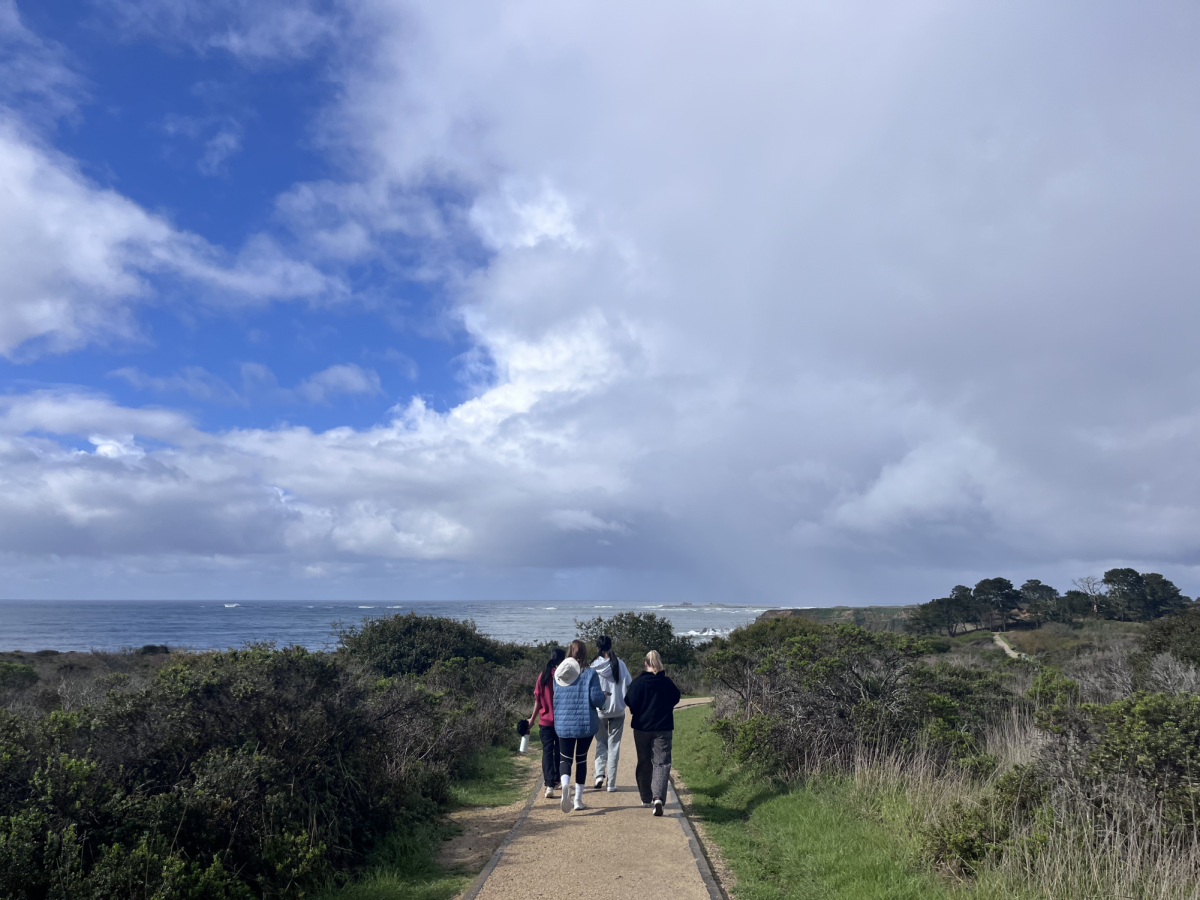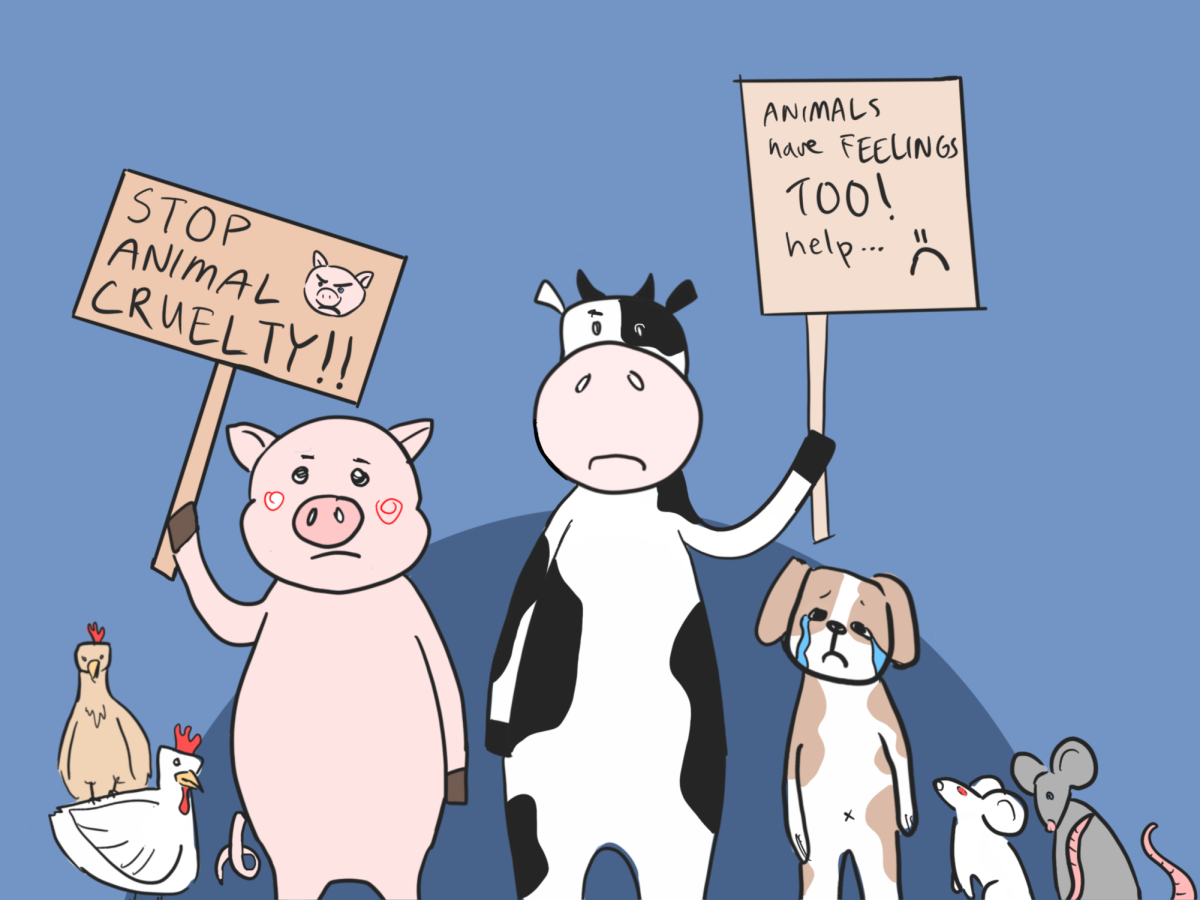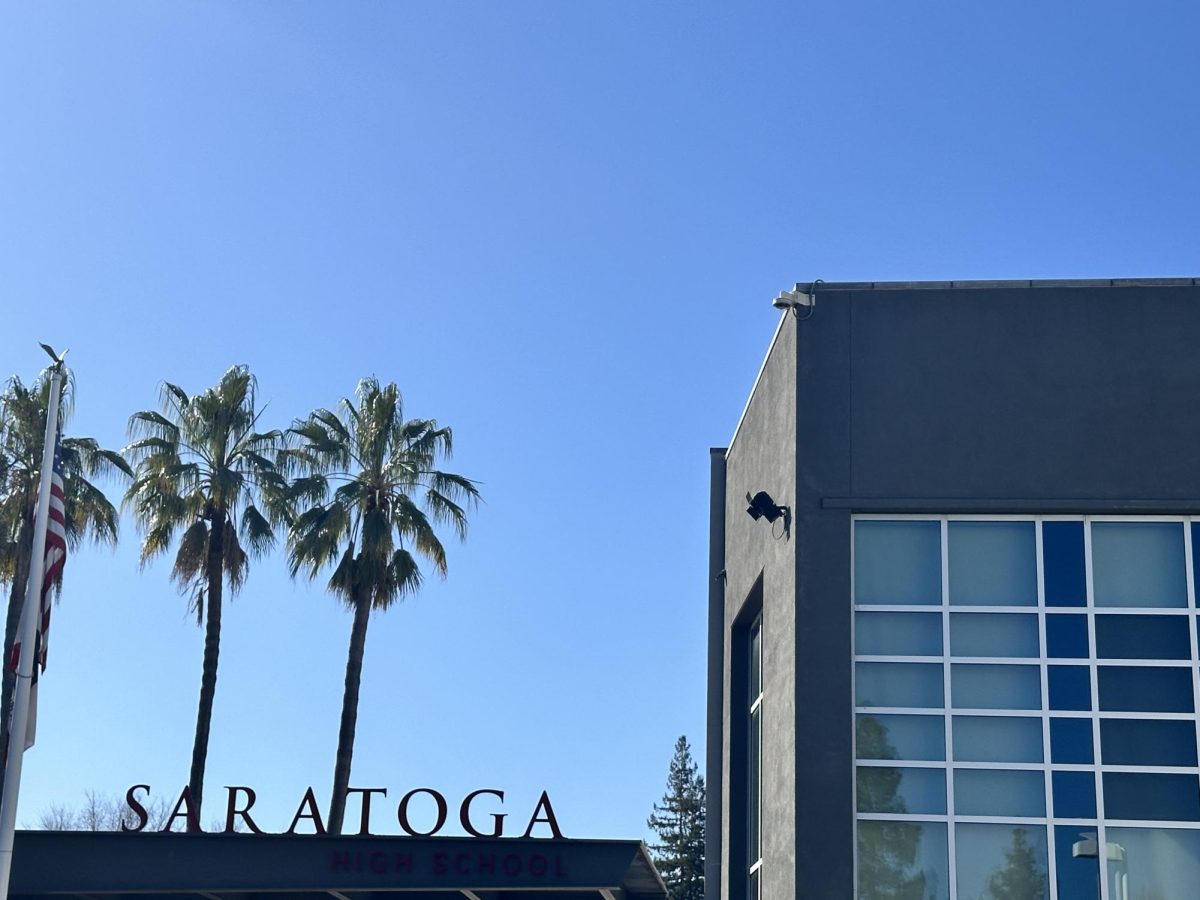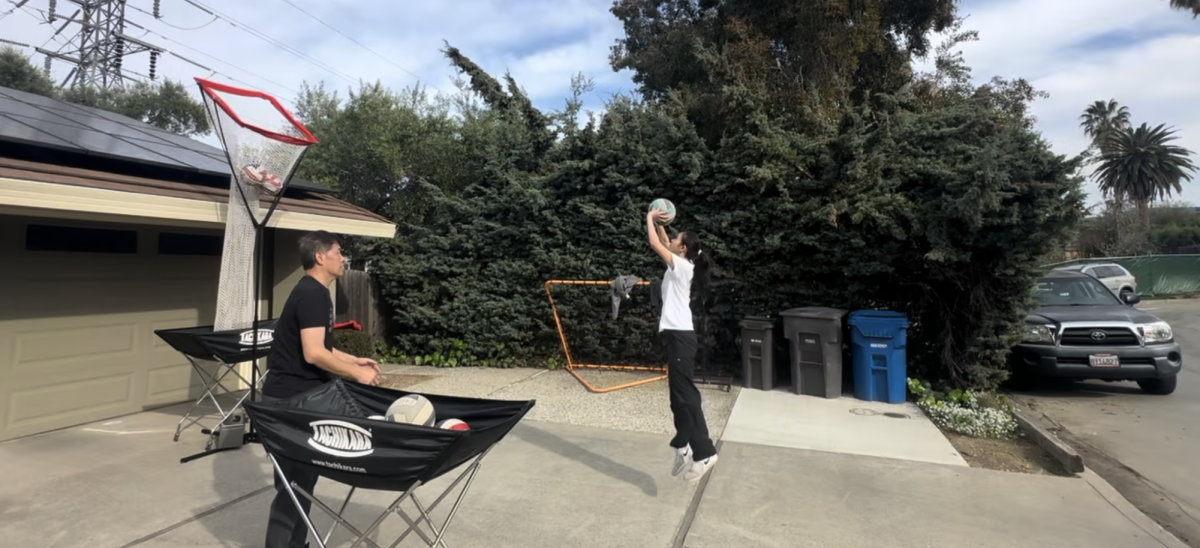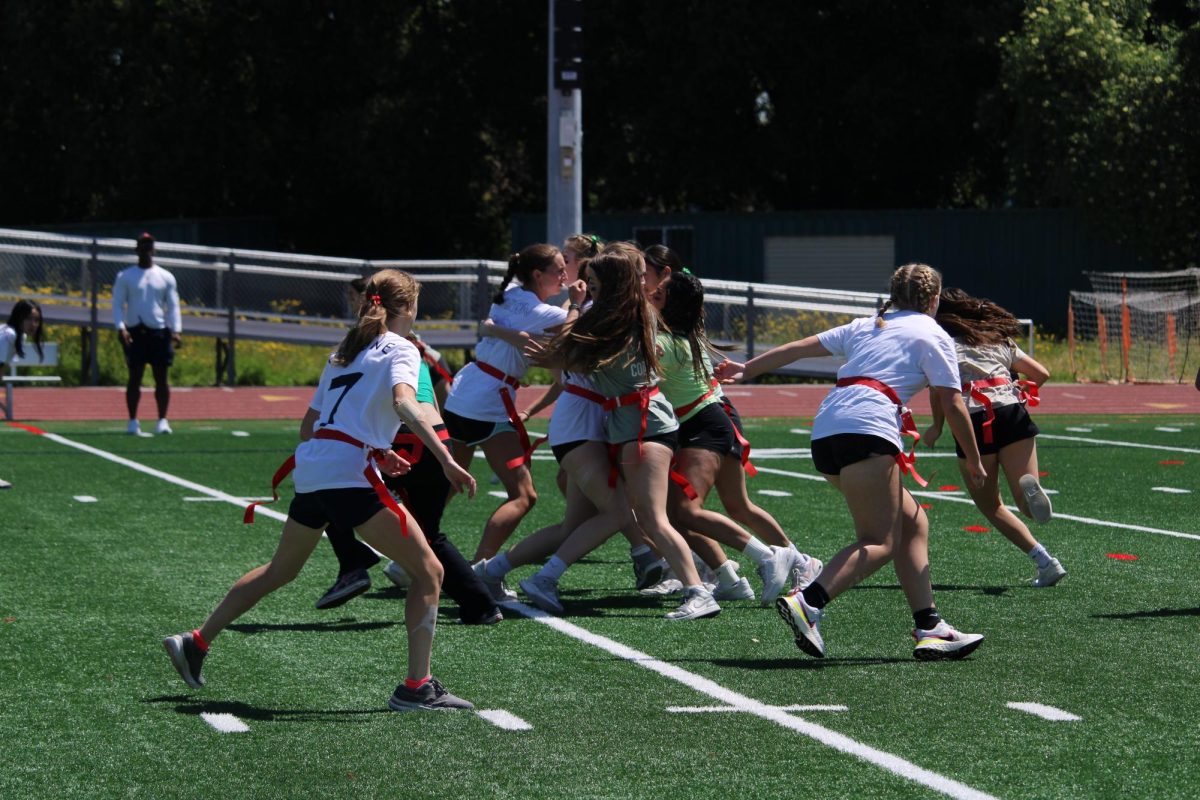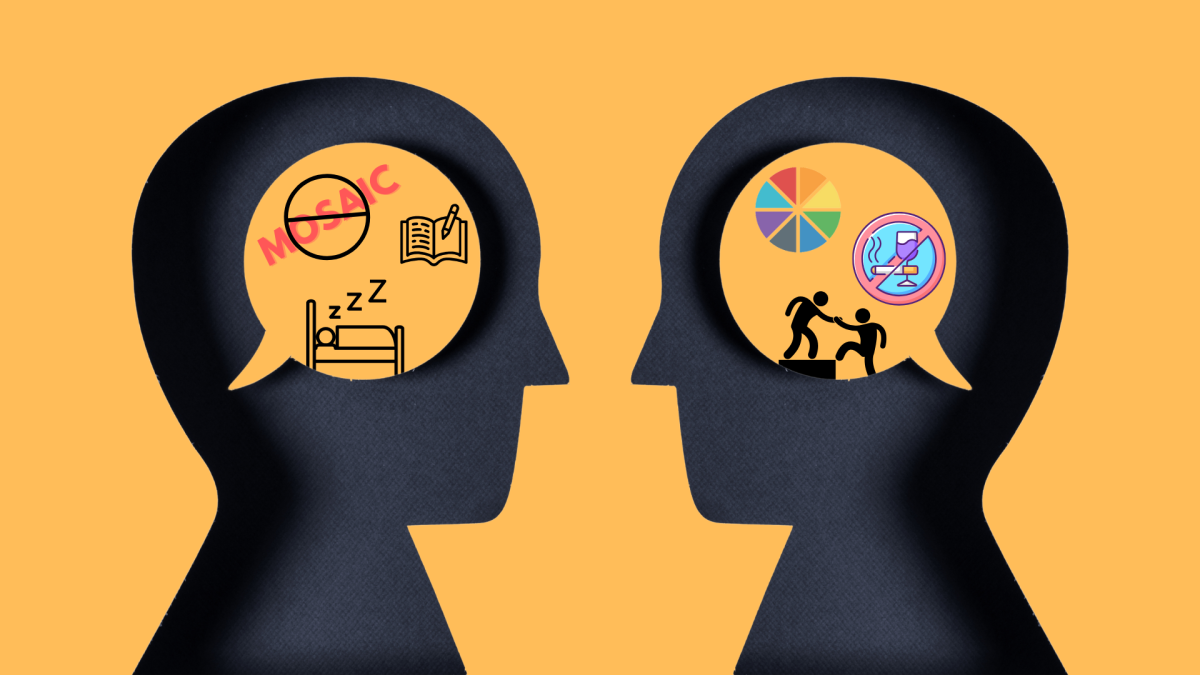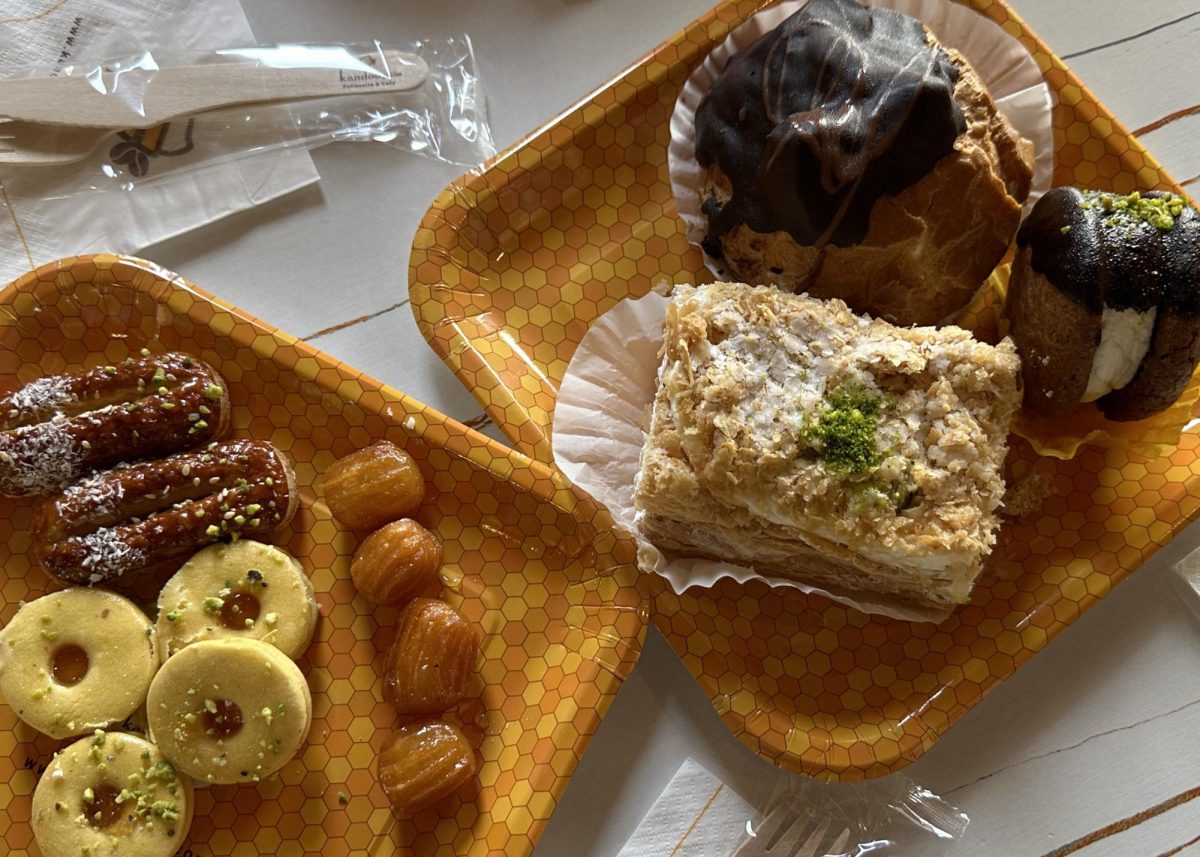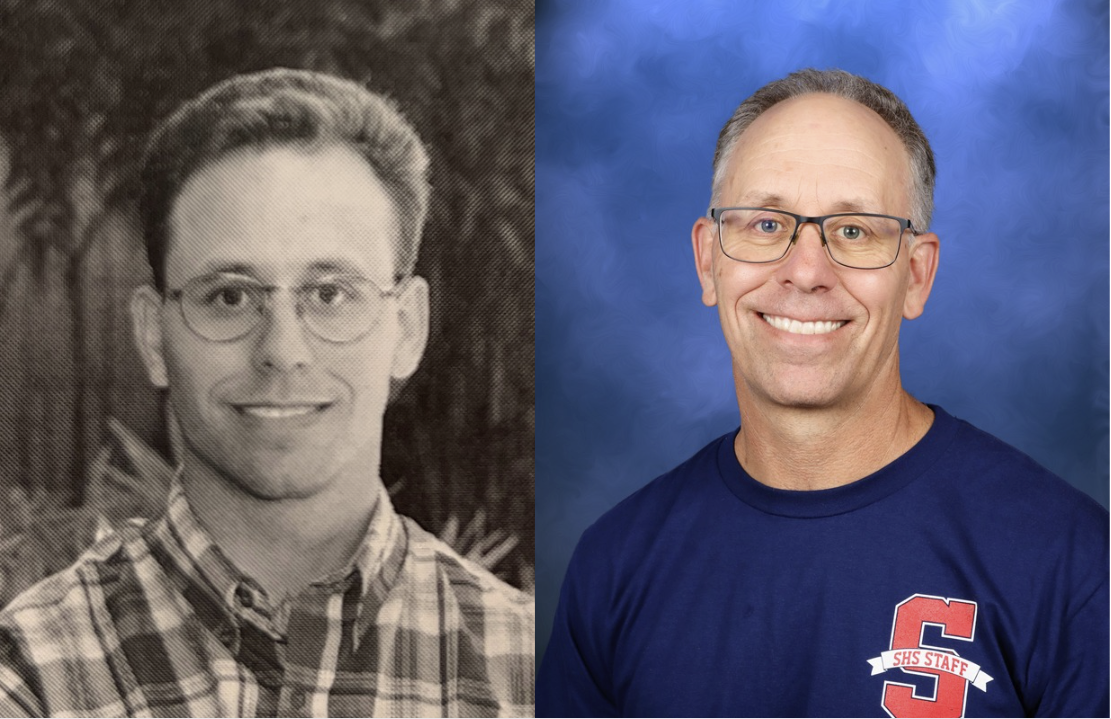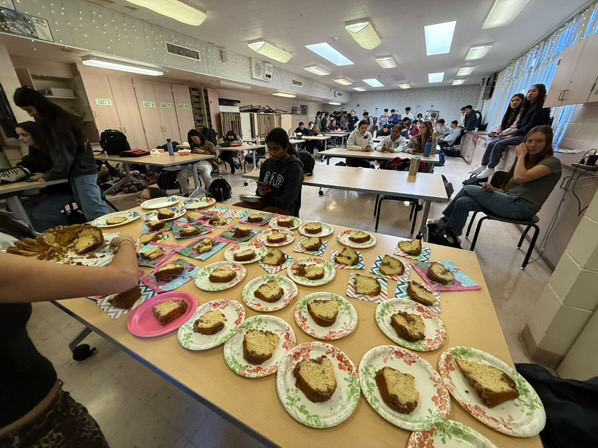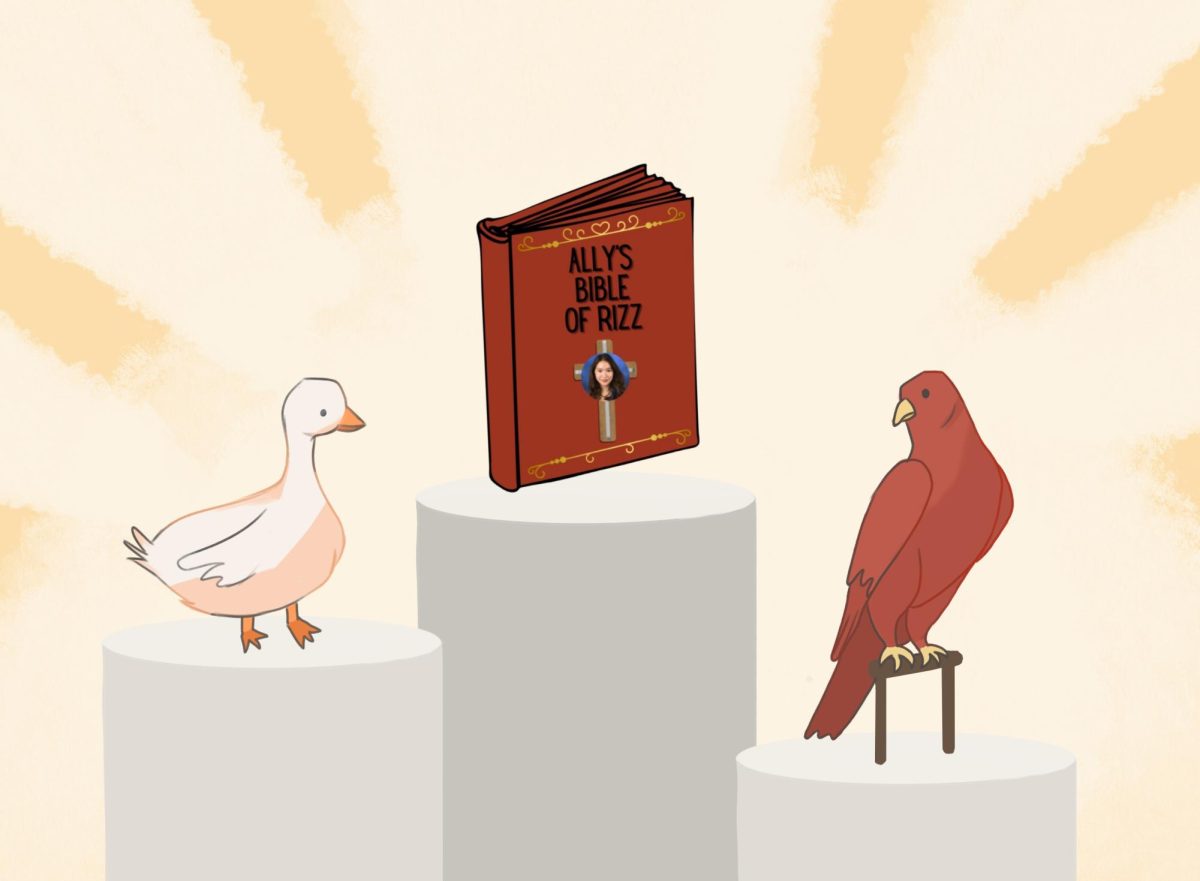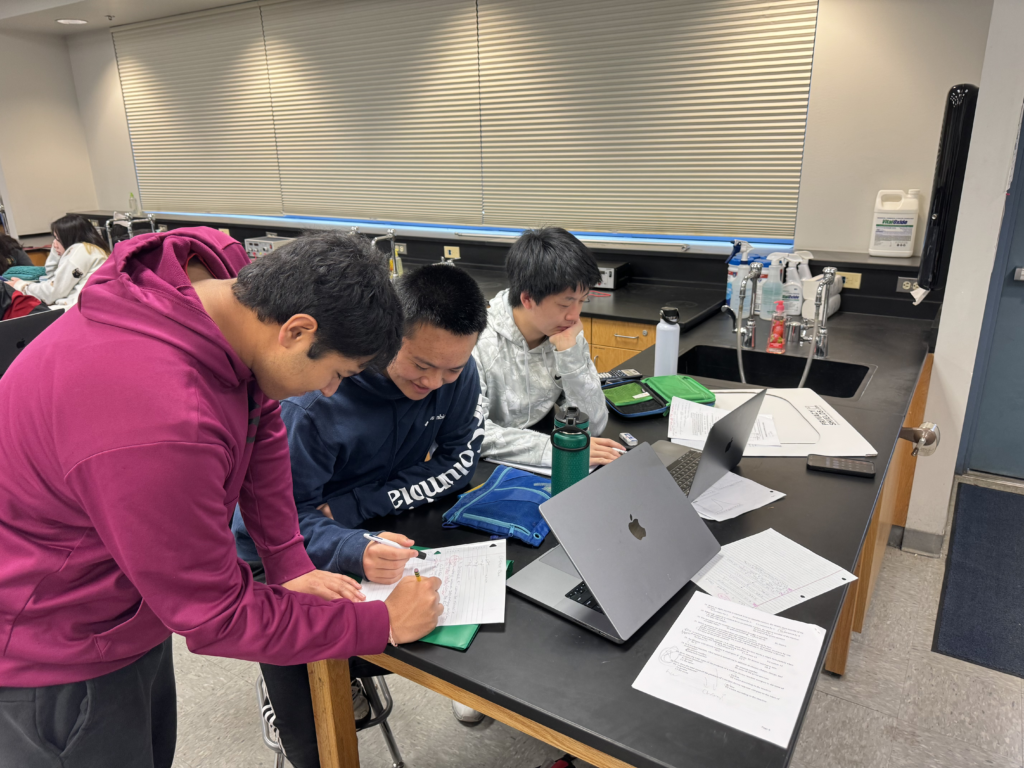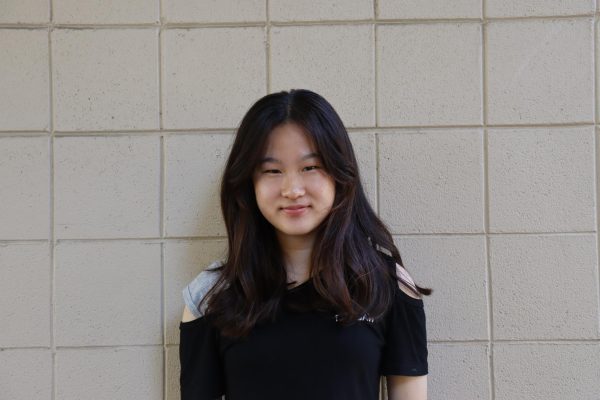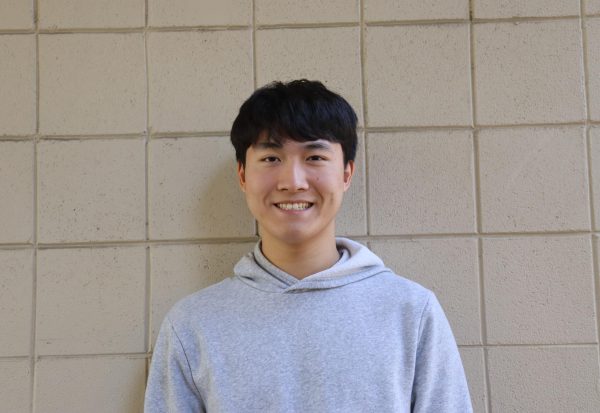A dedicated and skilled group of four STEM-focused Saratoga students captured second place in the statewide TEAMS (Tests of Engineering Aptitude, Math and Science) competition this semester, but won’t take part in the national competition this summer because of schedule conflicts.
The four students, Akshat Bora, Alan Cai, Hayden Fu and Benjamin Kuo, took part in the competition on Feb. 11. The TEAMS competition consists of an essay portion, a design and build portion, and a multiple choice portion.
The TEAMS competition is open to middle school and high school students worldwide who show aptitude in engineering, math and science. The competition takes place between Feb. 1 and March 1. The setting of the competition is flexible, and each team can compete at their school since the multiple-choice questions and design-build topics are sent to their advisor’s account. Biology teacher Cheryl Lenz is the adviser for all three teams.
The team won with a sub-ranking of 2nd in the multiple-choice and design-build sections, and 16th in the essay portion. For the essay section, the team was given three weeks before the competition date to write an essay that explains an engineering solution to a different prompt each year. This year’s prompt was how to best build a civilization on a distant planet.
“We mentioned a lot of logistics of the possibility of humans living on a distant planet such as how to grow food, for example vertical gardens and other strategies, and how to possibly modify the atmosphere,” Kuo said.
The multiple-choice and design-build sections were then held on Feb. 11 at the school. The test focuses on two main fields — physics and economics, with a total of 60 questions to be finished in 90 minutes.
“For our team, [Cai] and I took on the economic-focused portion while [Bora] and [Kuo] solved the physics questions,” Fu said. “The multiple-choice questions heavily weigh on real-world application of engineering knowledge, which I find really helpful for the contestants to get a taste of what engineering-based jobs look like if we ever pursue a path in it.”
This year’s build topic was to construct a door on a simulated distant planet civilization. In the essay section, the constants worked together to solve the requirement of how to open and close a door while keeping your hand at least six inches away from the door mechanism. The team decided on an unconventional design, choosing to use strings to create a door that pulls upwards instead of a conventional door.
“The door is scored objectively in that larger doors area wise will earn higher scores, and also subjectively [in terms of] how easy it is to open and close,” Fu said. “If there are a lot of direct interactions with the door required to open it, the team would get docked points.”
Courtesy of Hayden Fu
The video demonstration of the team’s innovation door in the design-build section of the competition.
Throughout the process, the team ran into many challenges with the build, including running short of supplies.
“One issue we ran into was that halfway throughout the build we ran out of rubber bands, so we had to use paper clips to clip together different parts of the build,” Bora said.
All four team members consider the competition to be a fun experience because they could work with friends and build a base for possible future aspirations.
“I had a lot of fun with my friends with this project,” Bora said. “I would recommend everyone who’s interested in solving engineering problems to participate in the TEAMS competition too because it’s a very rewarding experience. You don’t really need deep knowledge on physics because it requires more application.”



